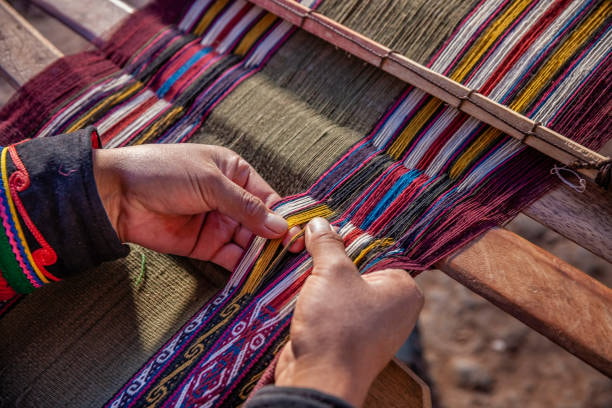The two distinctive weaves, namely woven and Knit in the context woven fabric construction of textiles are predominant when it comes to the evaluation of particular features, sturdiness, and applicability of the fabric. Whether one wants to design clothes, choose a material for furniture or think about the special fabric for industrial usage, it is significant to comprehend the main differences between woven and knit fabrics. This guide presents an insight into these distinctions and the peculiarities of when each type of fabric is recommended.
What are Woven and Knit Fabrics?
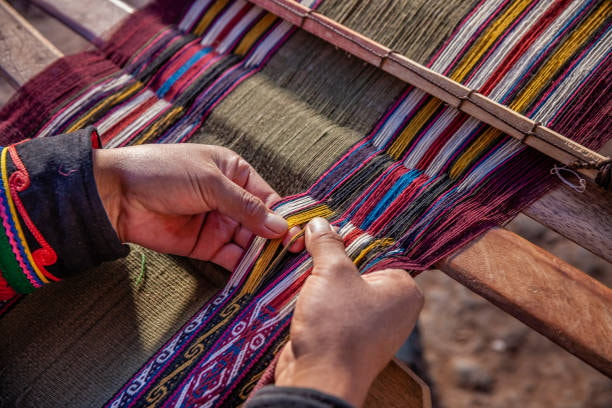
These are the difference between knit fabric and woven fabrics:
Woven Fabrics
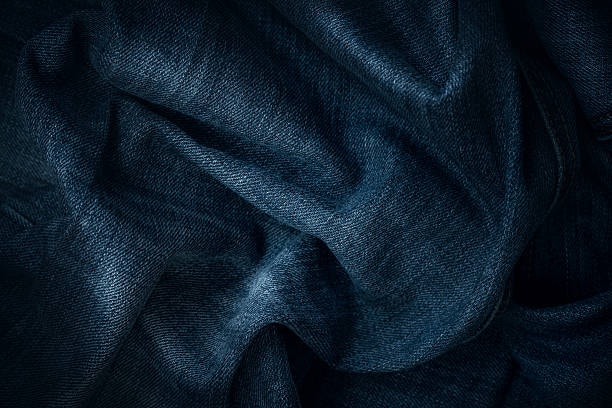
Woven fabrics are made up of two or more single yarns or weft threads or thread held at right angles one to the other. This interlacing results in the creation of a well-ordered fabric that has the attribute of strength and that is long-lasting. Woven fabrics on average are produced with the help of a loom where lengthwise yarns or warps are interlocked with crosswise yarns or wefts.
Knit Fabrics

Knit fabrics, however, are produced by connecting loops of yarn that form the basis of the interlock knit fabric and not interlacing’s of yarns on the perpendicularly manner. These fabrics are developed through knitting machines or hand knitting techniques and the end product is more flexible or stretchable as compared to woven fabric. Knit fabrics are generally found in apparel products that need stretch and breathe ability.
Properties of Woven Fabric:

Structure and Stability:
Woven fabrics are more rigid and organizations because the warp threads and weft yarns form right angle intersections. They do not stretch a lot unless they are combined with stretch yarns or knitted in a given structure knitting machine.
Durability:
With knit fabrics, flexing is possible in any direction and it is moderately tear resistant and more so than woven fabrics.
They have a better shape retention and are least likely to get caught or to shed fibres.
Breathability:
Based on the type of fiber used and the kind of weave, woven materials can either be sheer or have a more compact structure and airflow like cotton or linen as compared to wool suiting.
Appearance:
The fabrics that are knit and woven fabric often exhibit a more formal or structure look when compared to the other types of fabrics. They are widely applied in formal wear like men’s suit, dress shirts, and women’s formal dresses plain weave technique.
Examples:
Ambient fabrics that are created by weaving include denim, cotton poplin, silk charmeuse, and wool tweed.
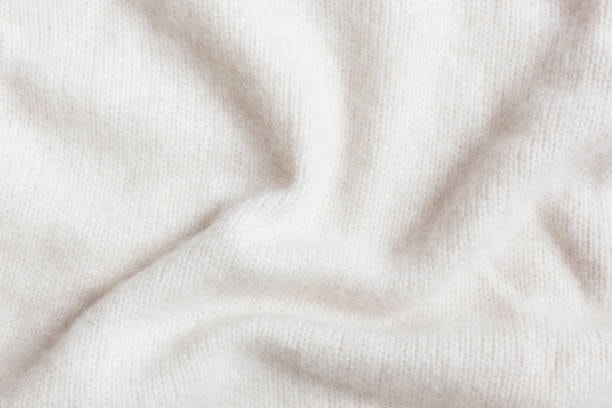
Properties of Knit Fabrics:

Flexibility and Stretch:
The fabrics are inherently elastic as the yarns in plain weave fabric the knits are inter connected in loops of yarn.
The latter provide the character with easier movements and are worn comfortably as they closely follow the body shape knitted garments.
Comfort:
These fabric types are very comfortable to wear, and they are best suited for everyday wear and sports wear.
They are comfortable to wear and are utilized in apparels that entail flexible movements like t-shirts, sweaters, leggings among others.
Breathability:
Knit fabrics are usually more ‘open’ than some woven fabrics depending on the yarn used and the structure of the knit.
This makes them appropriate for use in apparels that require air circulation such as sport wears, and lite summer wears among others.
Versatility:
The fabrics within the jersey knit fabric families come in different types of weight and texture, hence their flexibility when it comes to design and usability.
Depending on their thickness they can be used for making fine knits for light wears and can also be used for making heavy knits for winter wears.
Examples:
Some of the familiar types of knit knitted fabrics used are jersey knit, rib knit, fleece, and sweater knits weft knitted fabrics.
When to Use Woven Fabrics:

Formal Attire: sheer fabrics are suitable for official wear like suits, shirts and gowns due to it thickness and stiffness.
Home Décor: They are ideal for use in cushioning, draperies and table cloths where issues to do with stability and tranny wear are pivotal.
Accessories: Woven fabrics are incorporation in bags and belts because they are strong and provide tailored look.
When to Use Knit Fabrics:
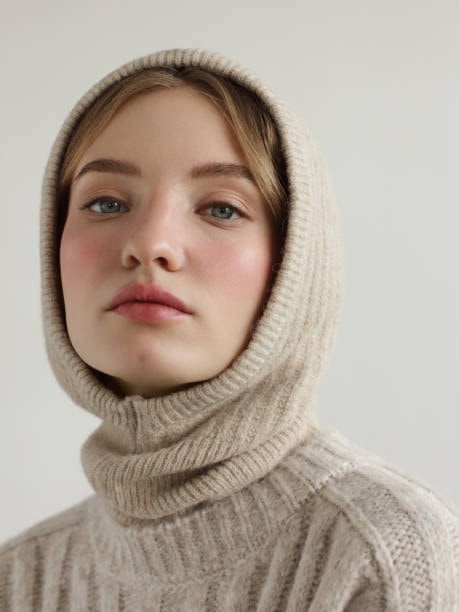
Casual Clothing: Jerseys and thick sweaters, casual wear clothing, t-shirts, loungewear, and activewear are some of the categories of clothing that can be made from knit fabrics.
Athletic Apparel: They are mainly applied in sportswear and casual wear parts because they are stretchable, has the ability to wick away moisture and comfortable when doing active tasks warp knitted fabrics.
Layering Pieces: One type of fabric that is often used to produce sweaters, cardigans and underclothing is knit fabrics because of their warming ability and ability to take the shape of the human body.
Choosing the Right Fabric for Your Project:

Consider the Application: Decide if your project needs to be firm and less elastic, thus made of weaving or if it should be soft and elastic, so it’s best to knit.
Fabric Composition: Check the fiber content of the even though it doesn’t influence color as some fabrics are naturally more breathable, stretchy, or easier to wash.
Design Requirements: Based on the assessments made on the functionality and the beauty that your design is going to portray, you will be able to choose the most appropriate fabric.
Conclusion
Therefore, woven and knit are the two most crucial classifications of textile materials with regard to flexibility and utility. In use, woven fabrics display high level of structure associated with their ribbon-like weave and are appropriate for use in strong formal garments and home furnishings twill weave fabric. They are outstanding at holding form and springiness, and due to this, they are preferred for use in upholstery and accessories where durability is vital. In contrast, the knits are very comfortable, flexible, and drapes well against the body’s shape and movements. This attribute of knitted fabric makes them perfect for casual wear, office wear apparel, sports wears as well as other apparel that do not necessarily require the use of Complex Traditional Shirts.
Knowledge of these basic distinctions combines the strengths of Rational choice theory and Postmodern to enable the designer and consumer to make sound decisions depending on the project that is being considered. Whenever designing formal wear garments or casual wear outfits the consideration of difference between woven and knit fabrics has a direct impact on the final clothing garment appearance, touch and its functionality. Based on the mentioned above, special features of fabric types can be utilized to satisfy various requirements of different conditions for both beauty and wear resistance.

